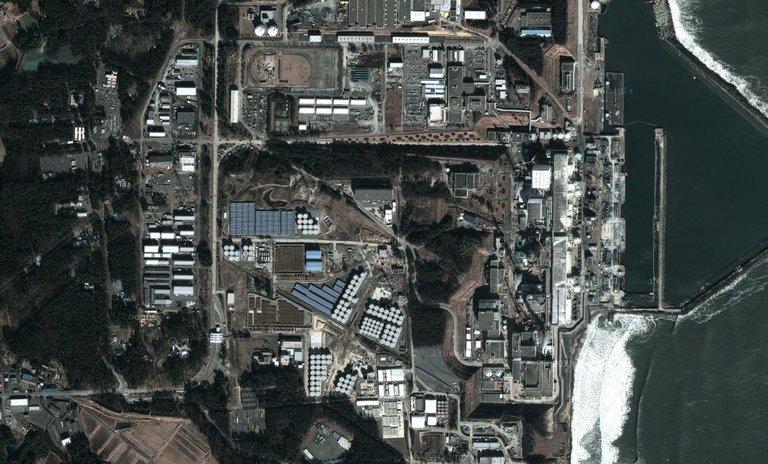Building an ice barrier in Fukushima has not been silenced by criticism

Many international experts are very concerned about the mismanagement that is taking place after the Fukushima nuclear disaster and confused communication. Proof of this is the title of the editorial of the journal Nature this week: Nuclear failure (Nuclear error). The situation has become so serious that the Japanese government has had to intervene. In fact, although until now the owner of the plant, the company Tepco, has been in charge of managing the waste and radioactive materials of the plant, now the Japanese government has been in charge of leading the emergency plan. It will allocate 358 million euros to the execution of the plan and will allocate most of the budget to the construction of an ice barrier.
The function of the ice barrier will be to curb the discharge of radioactive water. In fact, Tepco has recognized that from the cracks of the central is poured radioactive water to the subsoil, where it mixes with the groundwater and with them reaches the sea. Some spills have been very serious: last week, in a filtering, it was recognized that more than 300 tons of contaminated water were emitted, which made the INES scale reach level 3 on the INES scale, which indicates the degree of severity of events occurring in nuclear and radiological facilities, placing itself at the highest level of scale in recent disasters, 7, but then at level 1.
The situation is very complicated, since they use 400 thousand liters of water daily to cool the nuclear reactors affected by the accident. This water is contaminated and is currently being stored in the tanks at the back of the plant. In total, they have a thousand tanks and little by little this water is being treated eliminating the radioactive elements for its subsequent mouth. However, the existence of spills in the tanks is being observed (defined by the editor of Nature as “clock pump”) and it is intended to build an ice barrier with the aim of repairing spills of both the tanks and the plant.
Insufficient barrier
Ice barriers have already been used to curb contaminated water and mud, especially in American mines. They are based on the freezing of the earth. To do this, they introduce buried pipes through which the coolant circulates. The earth freezes and the liquids are solidified.
It is therefore a matter of using this system in the vicinity of the Fukushima plant to curb the spill from cracks and prevent its mixing with groundwater. It will be the largest of all time, but more than measures, other aspects have raised concern among experts.
Nuclear power expert Mycle Schneider, for example, has been very pessimistic in statements to CNN. The project presents great technical difficulties, especially because of the energy needed to freeze such a large area. In addition, due to their radioactivity, they must adopt special safety measures, which will hinder and expand the work (advance a minimum of one year). Other problems are material corrosion, risk of earthquakes, etc.
In addition to the construction of the ice barrier, the Japanese government aims to achieve a radioactive water cleaning system, to which the other part of the committed budget will be allocated. In fact, with the system currently in use (called ALPS) they are able to remove most radioactive elements, except for tritium. Therefore, they need a tritium extraction system from the water.
However, as they report in the Nature editorial, these measures are not enough to solve the problem. And in view of the bad results of the management carried out so far, they make a proposal: create an international team of experts, a solution to look together.
Buletina
Bidali zure helbide elektronikoa eta jaso asteroko buletina zure sarrera-ontzian











